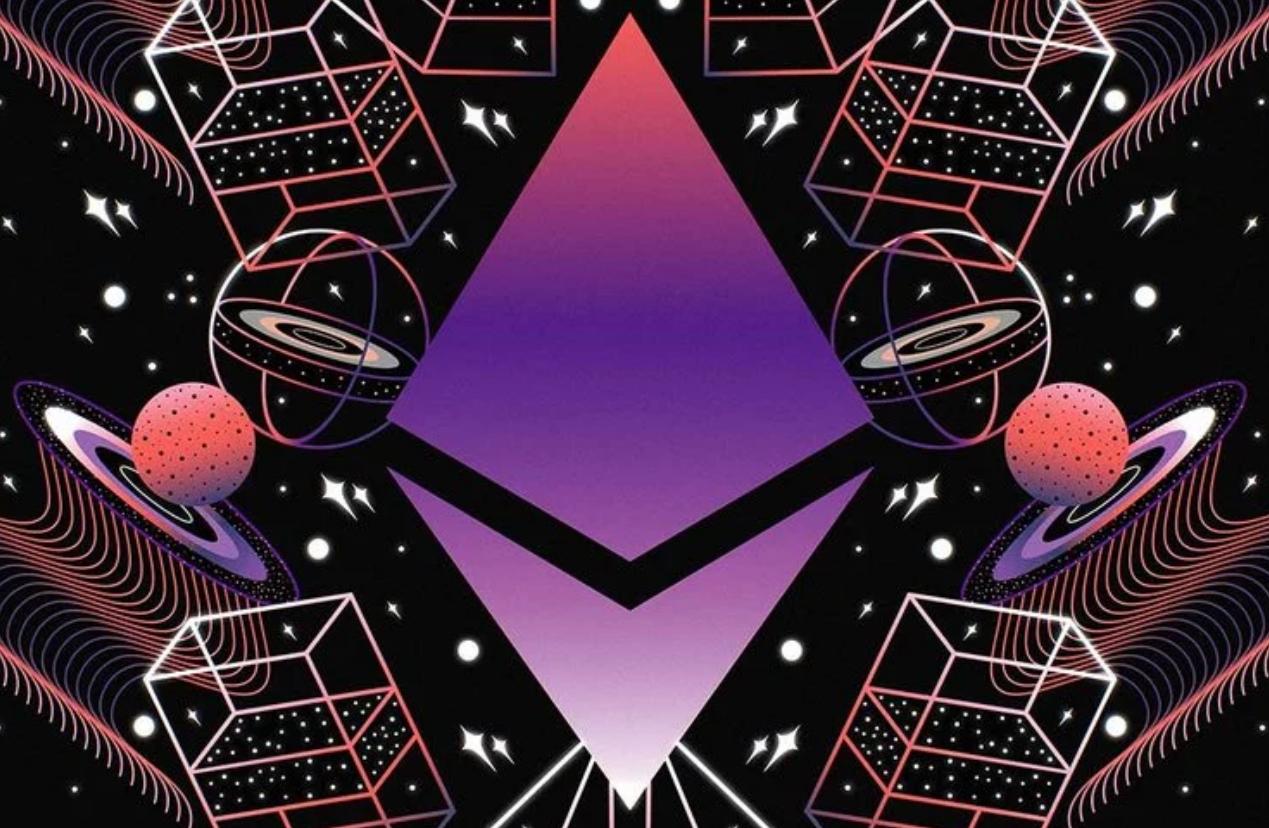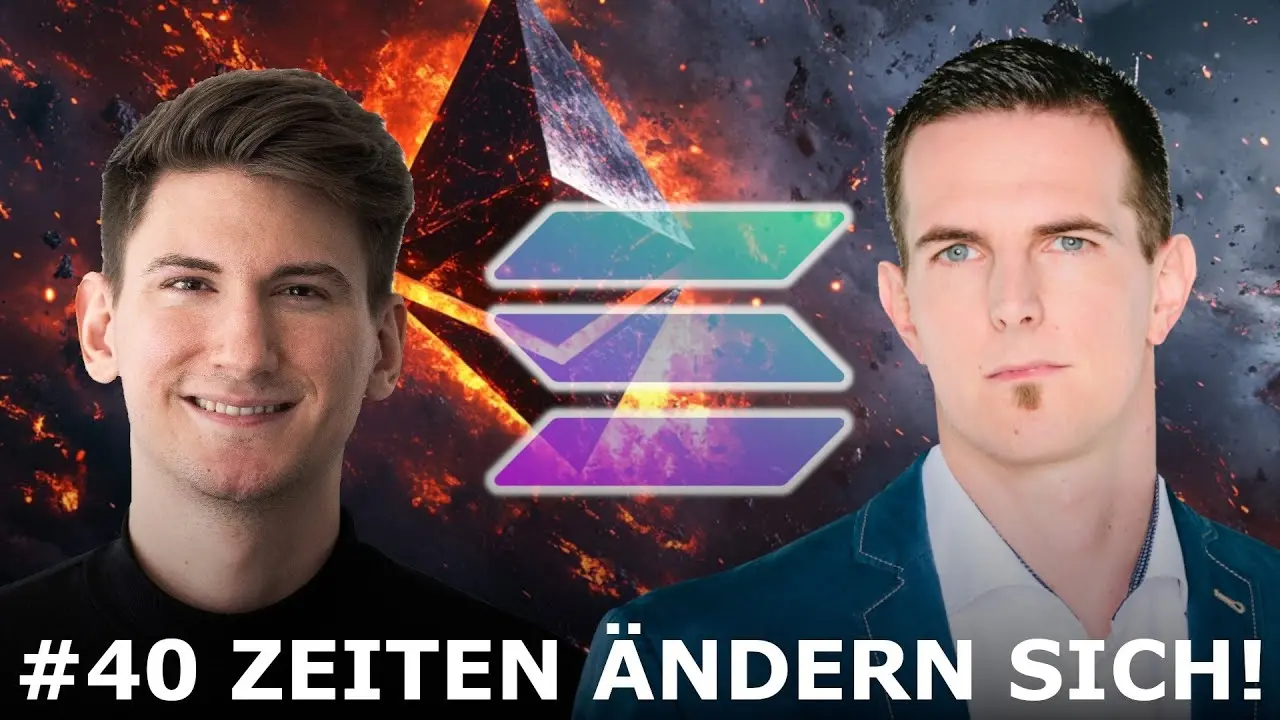A comprehensive overview of Ethereum 2.0 progress and future plans
This article was published on imToken.
On July 30, 2015, Ethereum launched its first milestone "Frontier"; after 5 years of iterative upgrades, from "Homestead" to "Metropolis"; last year, Ethereum began delivering the planned final milestone "Serenity," commonly referred to as Eth2.

Currently, we are in a state where Eth1 and Eth2 are running simultaneously, transitioning completely from "Metropolis" to "Serenity," on the eve of the merger of Eth1 and Eth2.
The Eth2 upgrade is divided into multiple phases. On December 1, 2020, Eth2 officially launched its first phase: the PoS Beacon Chain. During this phase, anyone can stake 32 ETH and run a node to participate in Eth2 PoS staking mining. Currently, over 4.32 million ETH have been staked, with more than 130,000 validators maintaining the security and stability of the Beacon Chain, earning approximately 7.5% annualized returns.
Participating in Eth2 Staking Mining
Ordinary users who want to participate in Eth2 staking mining have several options to choose from:
Self-built node option: Maintain an Eth2 node independently, which requires generating an Eth2 wallet private key via command line and also bears the risk of slashing due to improper configuration. Risks are self-borne, and the operational threshold is high.
Custodial option: Centralized custodianship of private keys and maintenance of Eth2 nodes by a custodial institution. The brand of the custodian bears the risk, and the operational threshold is low.
Non-custodial option: Users hold their private keys while professional service providers run Eth2 nodes. This balances risk and operational thresholds.
To make it easier for users to participate in Eth2 staking, imToken wallet has also launched corresponding Eth2 features:
Eth2 wallet management feature: Users who adopt the self-built node option can conveniently generate Eth2 wallet public key addresses through imToken.
imToken has partnered with InfStones to offer a non-custodial option: InfStones is a world-leading blockchain infrastructure service provider that has been providing professional Ethereum staking mining services to large institutions since the launch of the Eth2 Beacon Chain. Now, through imToken, ordinary users can also easily and securely use the non-custodial option provided by InfStones.
So, why participate in Eth2 staking mining? On one hand, participating in staking mining can yield stable returns, currently around 7.5% annualized when calculated in Ethereum terms. On the other hand, one of the goals of the Eth2 upgrade is PoS, where the staking nodes (validators) are equivalent to miners in the PoW mechanism. The more people participate, the more decentralized the Ethereum network becomes, thus ensuring its security. And security is the foundation of a value network like Ethereum.
Future Upgrades of Eth2

Currently, Eth1 serves as the execution layer of Ethereum, while Eth2 serves as the PoS consensus layer. To participate in Eth2 staking mining, one needs to stake ETH on the Ethereum execution layer (Eth1) and run a validator node on the PoS consensus layer (Eth2). Moreover, the staked ETH must wait until the merger of the Ethereum execution layer and consensus layer to be redeemed, which is expected to occur by the end of this year or early next year.
The roadmap after the merger and the timeline for redeeming staked mining have not been very clear. Recently, Vitalik shared the roadmap after the merger at the ETHGlobal Merge Summit:
Post-merger cleanup
Resolve unnecessary legacy features of the PoW and PoS hybrid model, while this phase will also enable the redemption of staked ETH.
Sharding and Rollup
Divide into 64 shards to process transactions and data in parallel, combined with Rollup to further compress transactions and reduce shard transaction volume. Sharding + Rollup is expected to solve high transaction fees and network congestion issues.
Security improvements
Increase privacy features to hide the identities of block proposing validators;
Support VDF to ensure the randomness of validator allocation, making it harder for malicious actors to disrupt the network.
Statelessness and state validity period
Address the Ethereum state explosion issue. Currently, there are two solutions: Statelessness, which creates two different types of Ethereum nodes. Some nodes have no responsibility for storing state data, while others will be responsible for storing all state data; state validity period, which alleviates state explosion by archiving states that have existed for more than a year.
More upgrades
Casper CBC
Support for SNARK validity proofs on the Beacon Chain and EVM layer, simplifying shard execution and reducing costs for ZK Rollup solutions.
Defense against quantum attacks, etc.
It is worth noting that Ethereum has been trying to solve the blockchain trilemma through cryptographic innovations, and Rollup is an important part of this. The official launch of Rollup solutions such as zkSync 2.0, Optimism, and StarkNet will create synergies for Eth2, collectively addressing the blockchain trilemma.
Vitalik's proposed future roadmap for Ethereum post-merger is very ambitious and mentions that the SNARK part could be described as Eth3. It is foreseeable that these upgrades will take three to five years to complete. Currently, Ethereum's upgrade to PoS through Eth2 is a new starting point, not an endpoint. We also look forward to Ethereum ultimately realizing the vision of a world computer and becoming the infrastructure for future finance.











